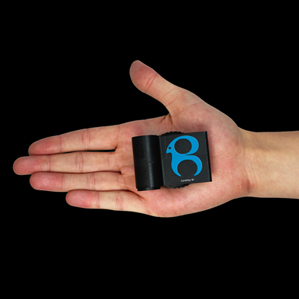Becoming able to communicate with someone can reveal so much of what we assume to be true to be wrong and help us understand their experiences. Take for example Carly Fleischmann, an autistic girl assumed to be incapable of understanding words or communicating in English. When she began typing on a laptop one day, everything changed:
Carly has provided her own explanation for behaviors deemed by most to be inexplicable, such as banging her head. Quoting Carly:
I think people get a lot of their information from so-called experts but I think what happens is that experts can’t give an explanation to certain questions. How can you explain something you have not lived or if you don’t know what it’s like to have it? If a horse is sick, you don’t ask a fish what’s wrong with the horse. You go right to the horse’s mouth.
Millions of people with autism and other disabilities use AAC devices to communicate. But millions more are unable to use them. Carly believes most non-communicative people with autism have an inner voice like she does, but haven’t found a way to communicate.
BrainGate detects and interprets basic commands directly from the brain. If these commands can be deciphered, emotions or words may one day be decipherable as well. We may be able to use this technology to enable those who can’t communicate with traditional AAC devices. However, this brings an ethical dilemma: having thoughts directly broadcast from the brain would come at a cost of privacy. Those with no other means of communication would have no means of consenting to this. Gaining the ability to communicate is huge and can improve quality of life significantly, but how should we make sure one’s right to privacy is maintained?

You raise a very interesting question at the end of your post. Hopefully most individuals can signal consent through some method, but if not I really don’t know how to answer your question. I assume the BrainGate device can be enabled or disabled by the user at any time?